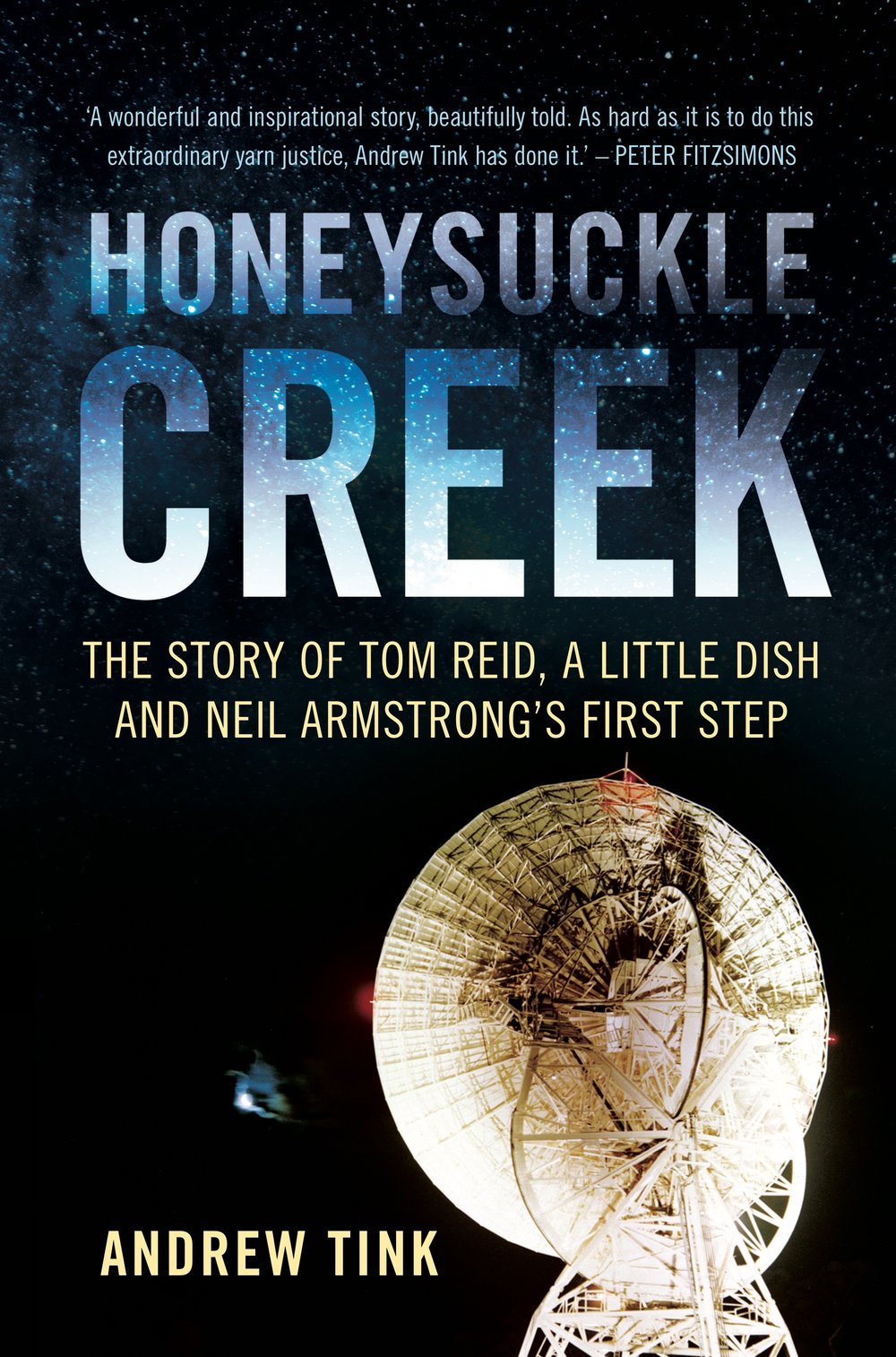Neil Armstrong once said that although science fiction writers like Jules Verne and HG Wells had found ways to get people to the Moon, they had never imagined lunar explorers talking to their controllers back on Earth. ‘The authors foresaw my part of the adventure’, Armstrong told a gathering of space trackers, ‘but your part was beyond their comprehension’.
From the get-go, NASA realised it needed strong public support for Congress to stump up the billions of dollars necessary for manned space flights. NASA’s original seven astronauts were therefore profiled in Life Magazine as all-American heroes.
Unlike the Soviet regime, which was able to cut corners behind a veil of secrecy, NASA needed to do everything possible to ensure the safety of its celestial superstars. To this end, the Americans built a worldwide network of space tracking stations to increase their astronauts’ chances of survival in Earth orbit.
For the far more complex Moon missions, NASA developed three specialised tracking stations. These were spaced equidistantly around the globe so that as the Earth rotated on its axis once every 24 hours, at least one of them would be able to communicate with Apollo astronauts, except when they were on the Moon’s far side.
Located at Goldstone in California, near Madrid in Spain and at Honeysuckle Creek south of Canberra, these stations could send and receive signals over more than 250 000 miles. On what amounted to giant electromagnetic umbilical cords, Houston’s Mission Control could talk with astronauts on the Moon, receive readouts relating to their heart beats, send commands to their spacecraft, read their fuel levels and determine exactly where the astronauts were.
Without the connections provided by these three stations, Houston would have been deaf, dumb and blind to the Apollo astronauts in space, just as those astronauts would have been rendered completely invisible to their Earth-bound controllers.
No Apollo launch could begin unless all three stations were ‘green light’ ready. They were as important as the massive Saturn V rocket, which blasted the astronauts into space. While most of the key positions at Goldstone and Madrid were held by Americans, no American accent could be heard at Honeysuckle because the Australian Government insisted it be manned by Australian citizens and permanent residents.
To bring the Apollo tracking stations up to speed, NASA conducted a series of gruelling simulations, in which every conceivable crisis scenario was thrown at the space trackers. Honeysuckle’s first director was not up to the job. At the end of one particularly challenging simulation, NASA’s team leader told the Honeysuckle trackers: ‘You guys are a bunch of shit’.
Honeysuckle’s director was replaced by a brilliant Glasgow-born electrical engineer, Tom Reid, who had cut his teeth in the British and Australian navies and as a space tracker at Woomera and Orroral Valley. A no-nonsense, can-do type of guy who realised that whip-smart navy technicians often made better space trackers than university-educated engineers, Reid cut a swathe through Honeysuckle’s personnel, raising a few NASA eyebrows along the way. Within months, Honeysuckle went from being the worst performing Apollo station to the best.
The question of whether to attempt the live televising of man’s first step onto the Moon had been debated within NASA for years and it wasn’t until just a few weeks before the Apollo 11 launch that it was given the go ahead. Because of the Lunar Module’s limited space, the remotely triggered TV camera had to be mounted upside down; in each of the Apollo tracking stations, special reversing switches were installed to flip the TV images the right way up.
Apollo 11’s flight plan had designated Honeysuckle Creek the prime station for the astronauts’ Moon walk, with Parkes’s radio telescope playing a supporting role as a receiver. With its 210-foot diameter dish, Parkes would be able to receive better TV images than Honeysuckle’s 85-foot dish. But after the astronauts’ lunar landing on 21 July 1969 Australian time, they were given permission to undertake their Moon walk some hours earlier than planned. Goldstone was therefore designated as prime station for lunar TV.
As Neil Armstrong made his way down the Lunar Module’s ladder, the Goldstone technician mucked up his reversing switch. And with the Moon having not yet risen over the main Parkes dish, it was the TV images of Armstrong stepping onto the Moon generated by Honeysuckle’s much smaller dish that were seen by a record worldwide audience of 600 million people. Without Honeysuckle, there would have been no live television of Neil Armstrong saying, ‘That’s one small step for [a] man, one giant leap for mankind.’
Speaking twenty years later about his team’s extraordinary achievement, Tom Reid said: ‘It hadn’t been planned that way. But that’s the way it was. And God damn it, we were ready!’
Andrew Tink's book Honeysuckle Creek: will be published by NewSouth in November 2018.



